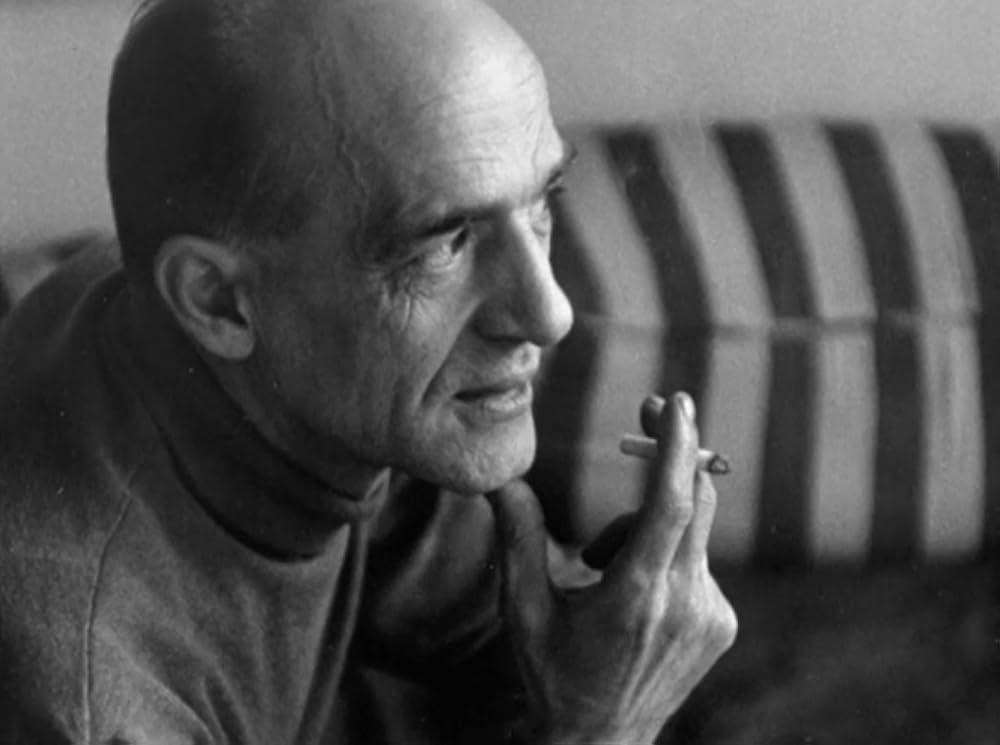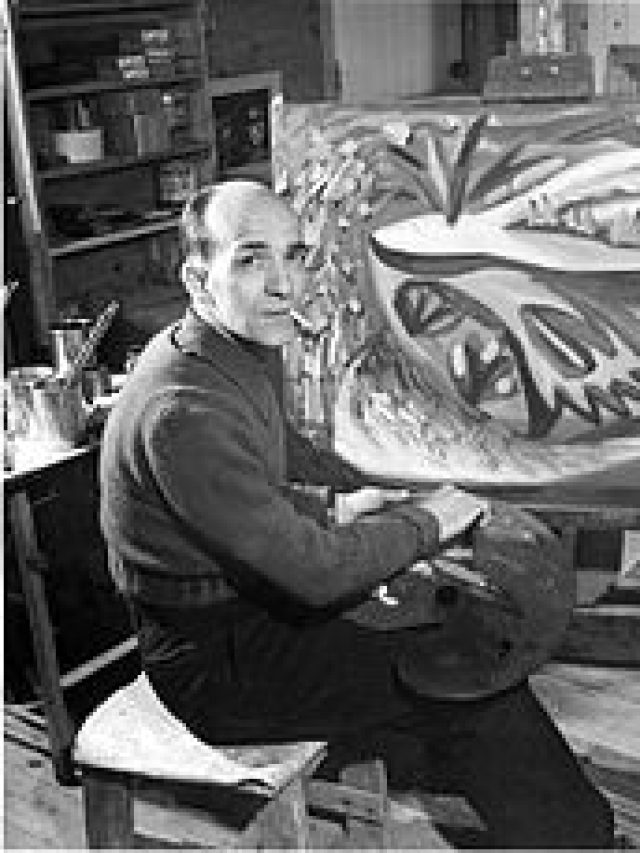Art is either plagiarism or revolution
Art inspires, motivates, and influences. Paul Émile Borduas understood it the best. A precursor of the avant-garde Automatiste movement, he radicalized Quebecian and global artists through his 1948 Refus Global manifesto. Under Ozias Leduc’s guidance, he enrolled at the École des Beaux-Arts de Montréal and later at the Ateliers d’Art Sacré in Paris. Paul Émile Borduas has deeply affected the Quebec and Canadian art scene, becoming a decorated figure in the process.
Paul Emile Borduas Art Style
He was a fluid artist, acquiring contemporary skills. Therefore, it is nearly impossible to associate Paul Emile Borduas’s Paintings with a single school of thought. His artwork has changed significantly from when he was under Ludec’s tutelage. Hence, it is only fair to study his artwork in resonance with his life.
Representational Era
From an early age, Paul Emile Borduas showed interest in art – enthralled by bricolages. He was soon taken as an apprentice by Ozias Leduc. Leduc was a church painter and decorator, commissioned to embellish the church premises. He imbibed basic artistic training and the knowledge of scripture to a young Paul Emile Borduas. Since he was bombarded by the teaching of the church from all ends, he never deviated from their words. During this time, he made a few paintings of figures he could find around him. For example, the oil on canvas painting, ‘Reverend Father Carmel Brouillard’ (1937).
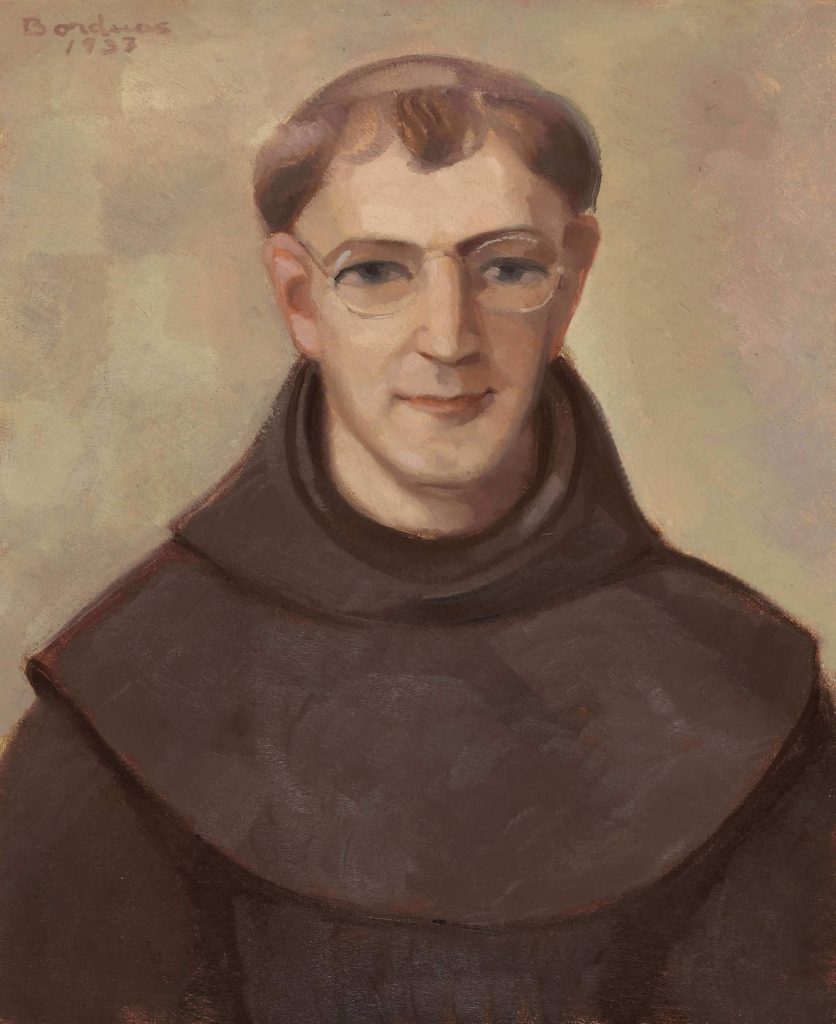
Les Automatise Era
Paul Émile Borduas continued working for Leduc albeit part-time, until he started teaching. Teaching at l’École du Meuble gave him a social and intellectual environment. He was gravely influenced by surrealism and André Breton’s lessons on Leonardo Da Vinci. He experimented with gouaches, he produced several paintings, ‘Composition’ (1942), and ‘Leeward of the Island or 1.47’ (1947) to name a few.
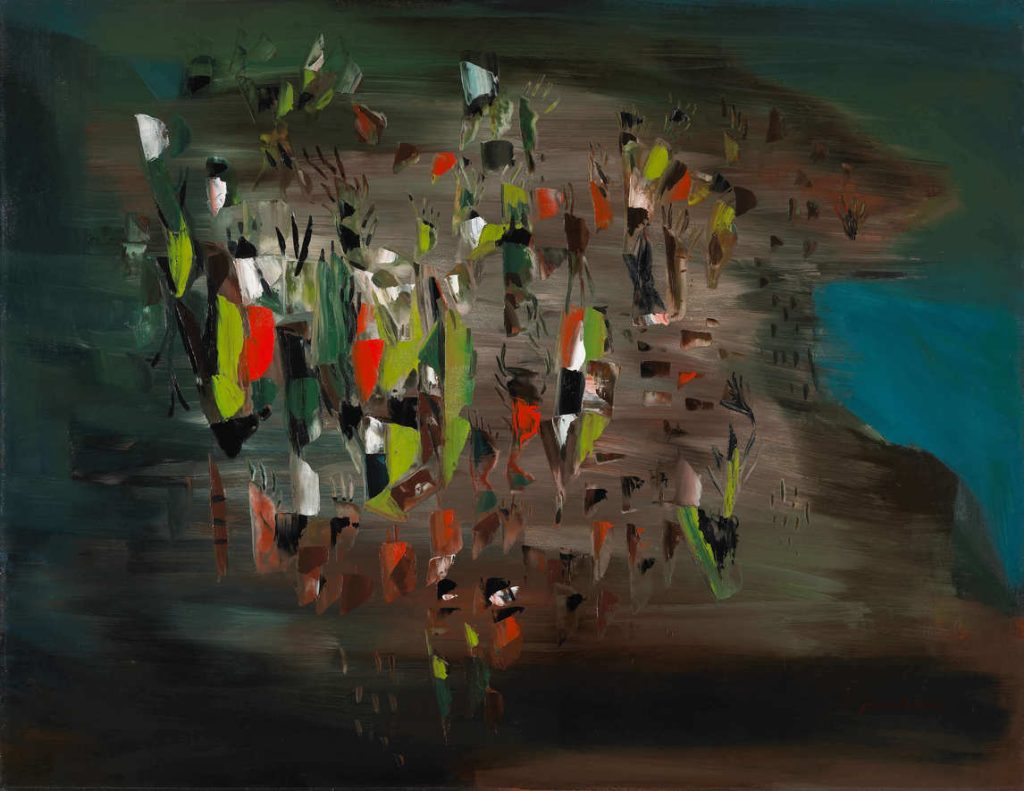
When asked about his painting style, Paul Emile Borduas admits the absence of literary thoughts. During this period, he assimilated the nuances of painting and drew the background and then the elements of the paintings. His paintings may be seen as a subconscious attempt at creating still-life, portraits, and landscapes.
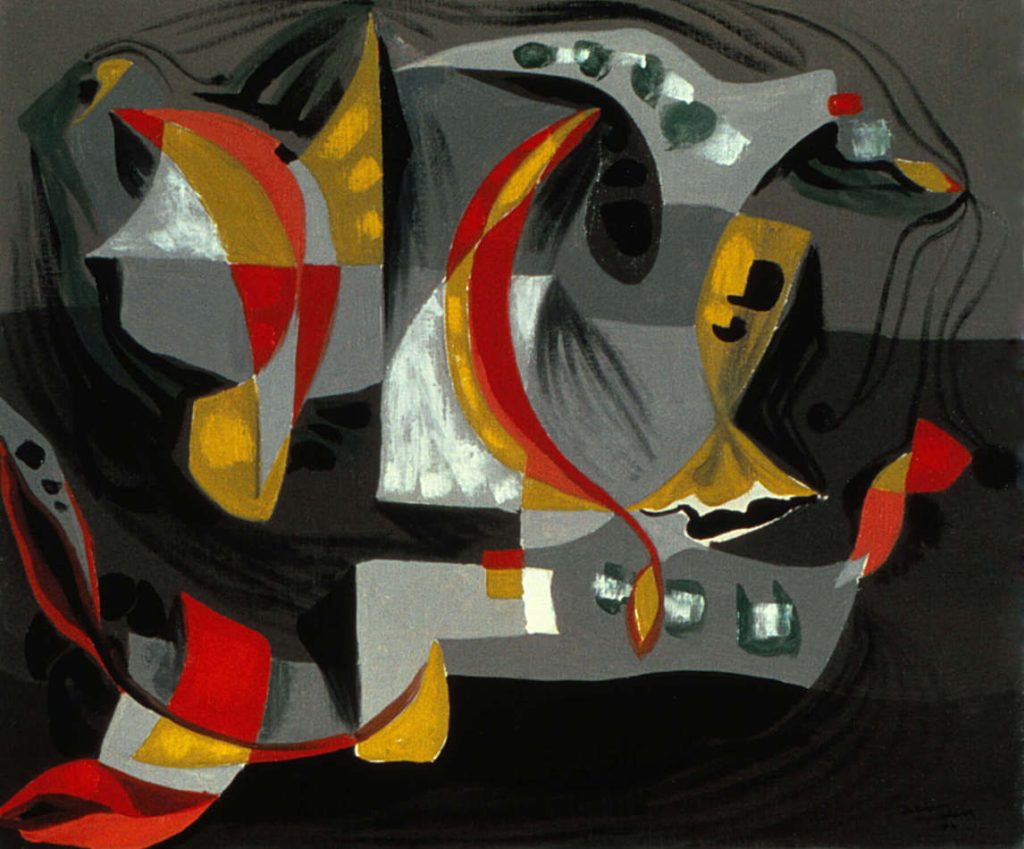
At this time, he grew closer to a particular group of artists, referring to themselves as ‘Les Automatistes’. Along with his contemporaries, Paul Emile Borduas authored and distributed ‘Total Refusal’, a direct attack on the government’s oppressive regime – a prologue to the Quiet Revolution. This resulted in his suspension. Since he was unable to find a job in his country, he moved to New York.
New York Era
During his time in America, Paul Emile Borduas paintings reflected his move to Abstract Expressionism. Suffice it to say, New York had little to no effect on him, as he marched to the beat of his own drum. He replaced the paintbrush with a palette knife. He was bent upon dismantling the notion of a ‘beautiful painting’. Paul Emile Borduas paintings depicted the individual’s superiority rather than the painting. The embossed element of his artworks seems to fade into the background and merge with the pictorial. The contrast between the colours and textures proved to be a bold choice for his new style.
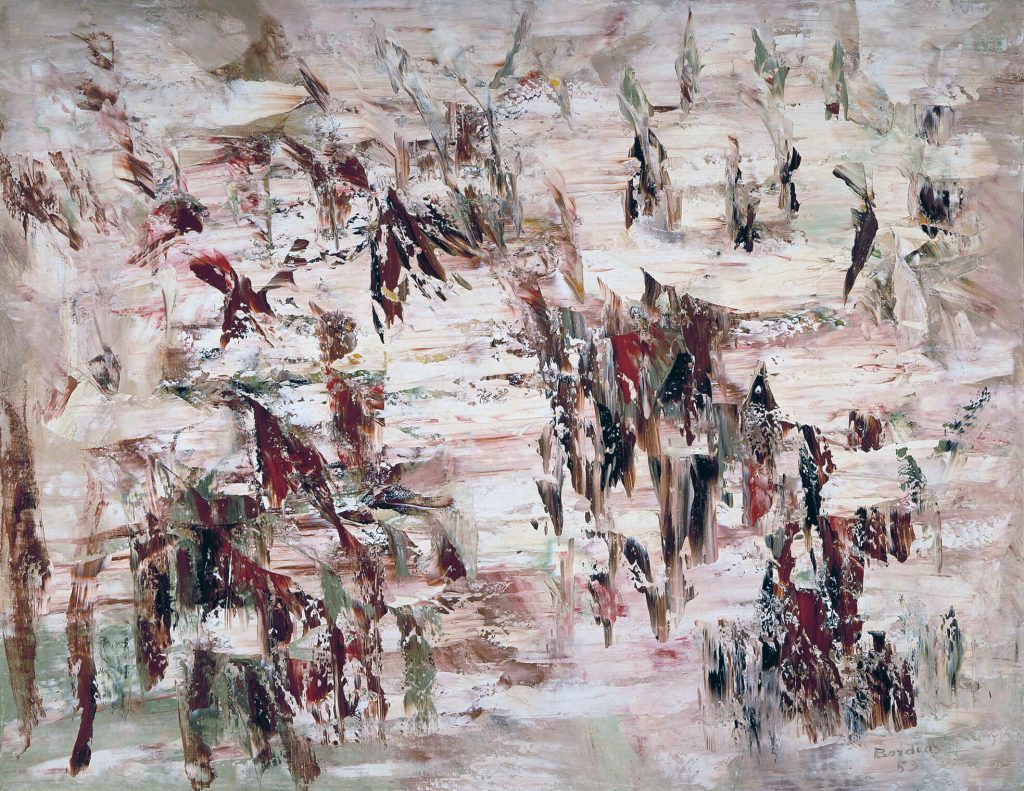
Inspired by Jackson Pollock’s drip technique, he produced similar artwork as is the case with ‘Graffiti’ (1945). However, where Pollock’s oeuvre dealt with the dippings, Paul Emile Borduas transmuted them to flicks of the brush. Where Pollock’s drip paintings are cohesive and provide a structure, Borduas’ artworks were anything but.
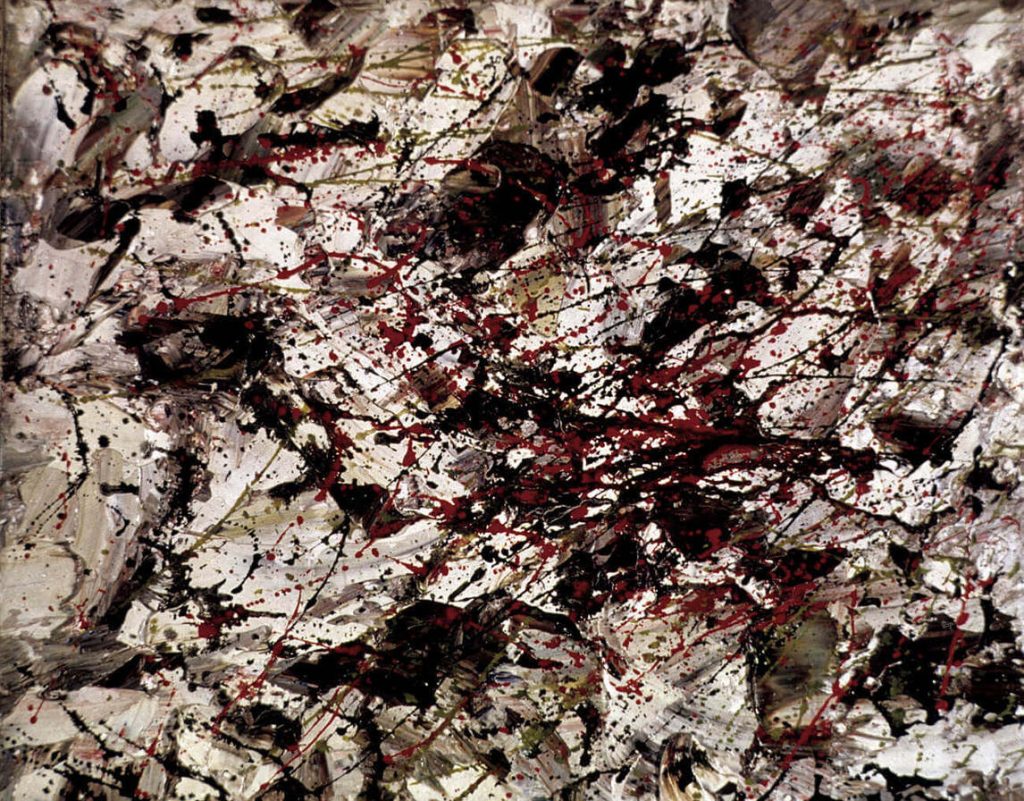
Paul Emile Borduas artworks were also inspired by Franz Kline and his use of black lines. He moved from diluted to clear, bold, and bigger brush strokes as is evidenced in his 1954 creation, Eagle with White Family (L’aigle à la blanche famille). This painting has a tree-like structure to it, with a few red and green spots enforcing the fact.
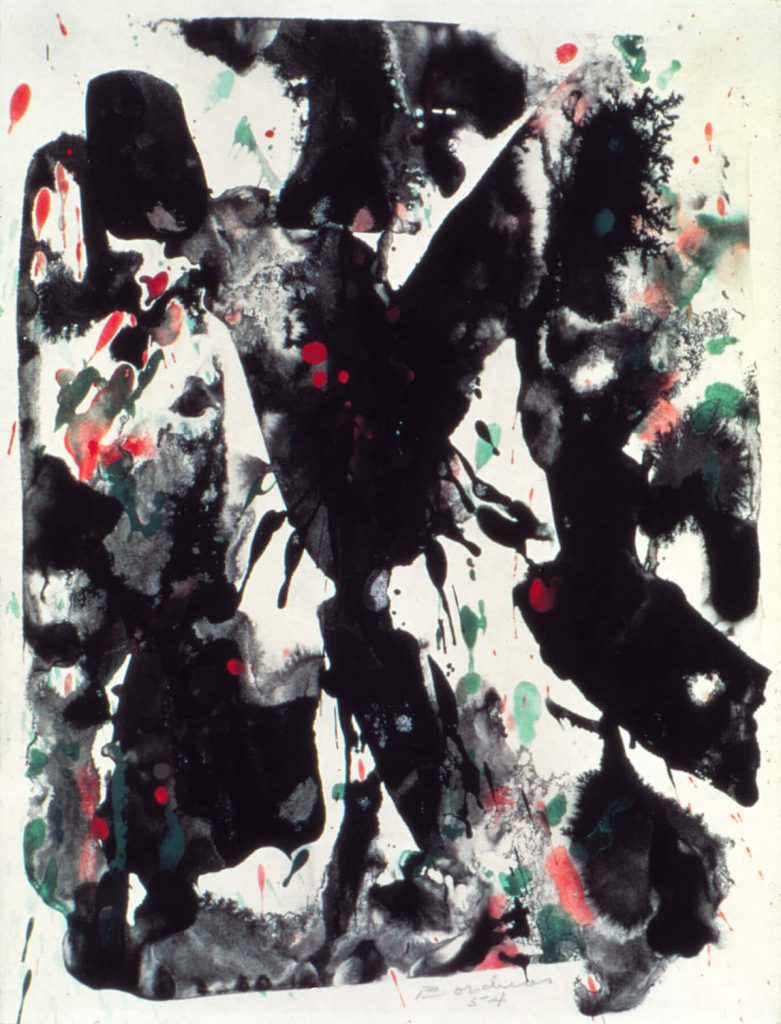
Paris Era
Paul Emile Borduas took Kline’s black-and-white obsession with him when he travelled to Paris in 1955. His paintings of this time changed – they were now bare. He frequently used the impasto technique, although mostly using plain contrasting colours. A lot of his work was now geometrical as is the case with ‘The Black Star (L’étoile noire)’ (1957) and ‘Symphony on a White Checkerboard or Symphony 2 (Symphonie en damier blanc ou Symphonie 2)’ (1957). It could be seen as a manifestation of boundaries yet a desire to be limitless.
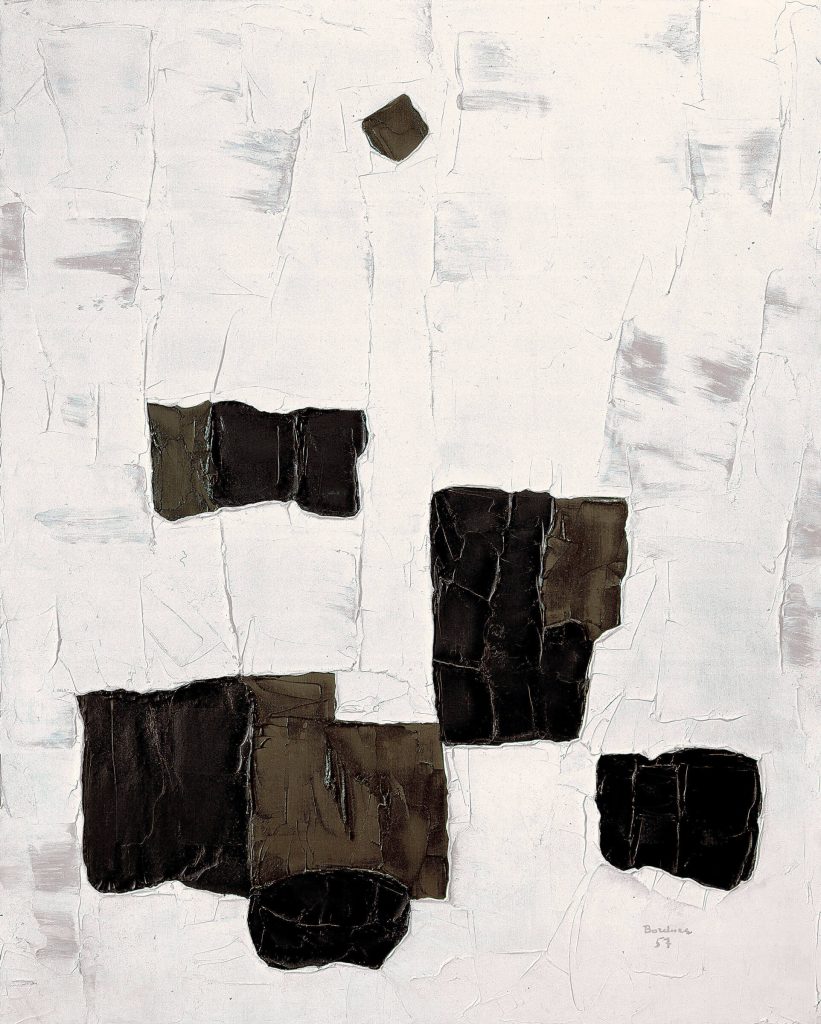
Photo Courtesy – Montreal Museum of Fine Arts
Remembering the artist who brought Canadian art to the World Stage


